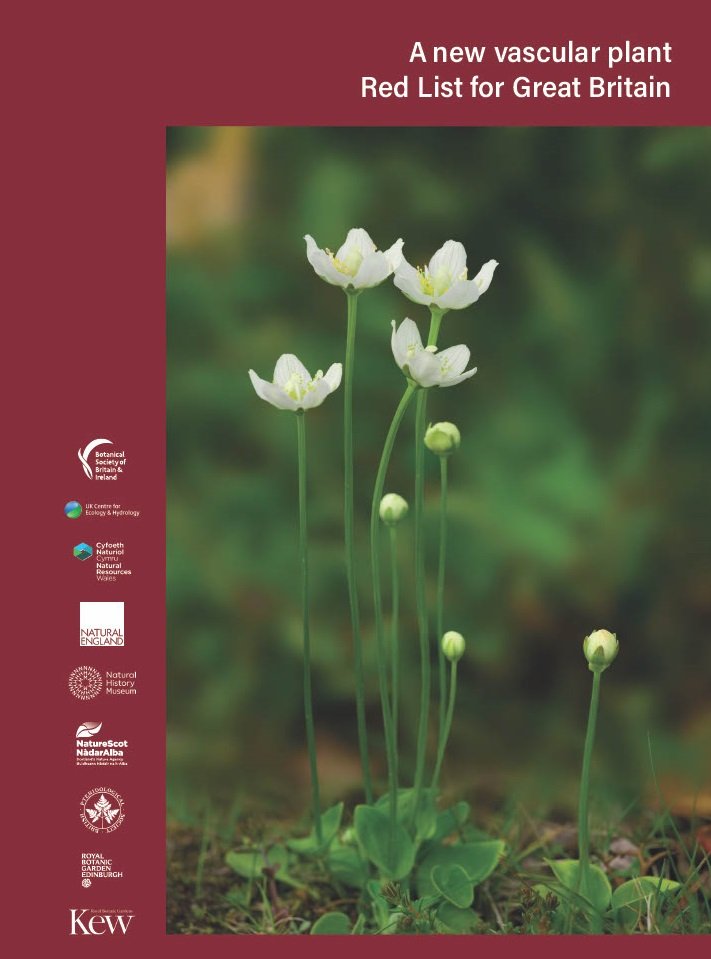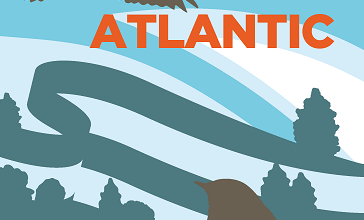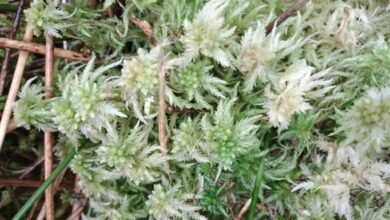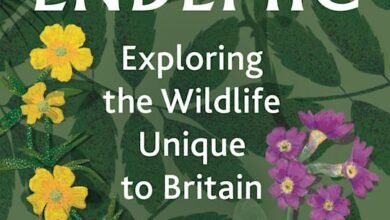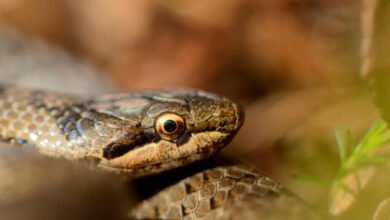
A new GB Red List for vascular plants has just been published – click here, providing a comprehensive revision of the previous (2005) list. Red Lists use internationally recognised criteria to assess threat status, and are crucial in providing the evidence which underpins nature conservation and helps prioritise future action.
Of the 1,720 species evaluated for the new List, 434 species (i.e. 26%) were assessed as threatened (Critically Endangered, Endangered or Vulnerable) and a further 140 as Near Threatened. The new List is based on around 50 million plant records collected by thousands of volunteer members and supporters of the Botanical Society of Britain and Ireland (BSBI). Their records, collected between 1930 and 2019, fed into three national plant distribution atlases(5), the most recent of which was published in 2023. The 1,720 species evaluated for the new Red List are all either native plants or archaeophytes (species which were introduced to Britain and Ireland before AD1500).
Dr Pete Stroh, BSBI Scientific Officer and lead author of the new List, said: “This latest revision of the GB Red List again paints a stark picture of the state of our wild flora. Although a few of our rarest species, such as Fen Orchid, have a potentially brighter future thanks to the targeted efforts of conservation organisations, and some, for example Bee Orchid and Pyramidal Orchid, are more common than they once were, many plants once widespread in our countryside have continued to decline to the point where they are now assessed as threatened.”
Those threatened plants include:
-
wild flowers that are positive indicators of unimproved, species-rich habitats, such as Common Milkwort, Common Restharrow and Betony;




Pete said “These declines are linked to many factors, including the intensification of agricultural management, or conversely long-term neglect; development pressures; eutrophication and pollution. All these factors are most prevalent in lowland areas but many wild flowers of upland areas are also at risk, most notably our arctic-alpine species, with some declines linked to the symptoms of climate change”.
The new Red List was produced by the BSBI and UK Centre for Ecology & Hydrology, with funding from Natural England and supported by a working group (the Species Status Assessment Group) with representation from a range of independent experts and interested organisations, including the BSBI, Natural England, Natural Resources Wales, NatureScot, the Biological Records Centre (within the UK Centre for Ecology & Hydrology), the Natural History Museum, Plantlife International, Royal Botanic Garden Edinburgh, and the Royal Botanic Gardens, Kew.
Prof Paul Ashton, BSBI President, said “Although the situation seems bleak, the good news is that there are still many areas where our wild plants continue to flourish, and we now have the evidence to better understand which species are being lost, why this is happening and what needs to be done to assist recovery. Our wild flora has countless benefits for individuals, for communities and for the economy, and the increasingly urgent task now is for the Government to act on the evidence presented in this Red List, and to fully engage with conserving and restoring our wild flora”.
Dr Kevin Walker, BSBI Head of Science said “Thanks to the millions of plant records collected by thousands of BSBI volunteers for our national distribution atlases, and the trends derived from those landmark publications, this new Red List provides a state of the art assessment of the level of threats faced by our wild flora. Its conclusion, however, is stark. Around a third of our flora is threatened and will continue to be, unless we tackle the main drivers head-on through reductions in damaging land management practices, pollution and climate change”.

ENDS
[registration_form]
Source link
